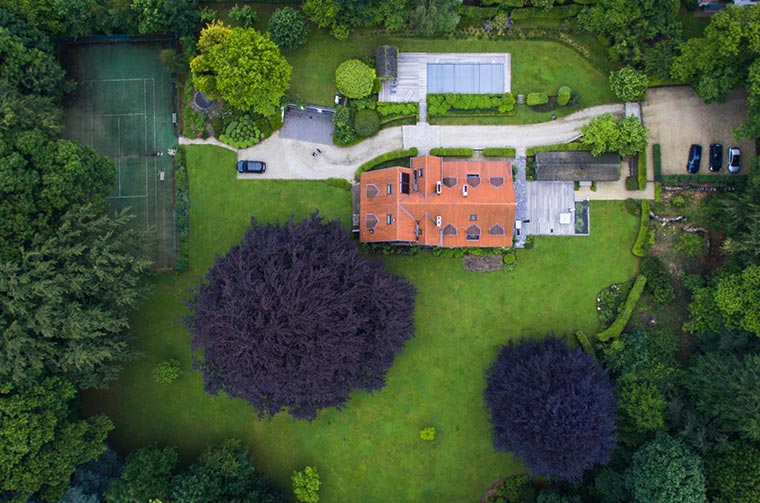What’s the difference between collecting vs mulching? The way you cut your grass will of course affect the look of the lawn and also the quality of the grass. The appearance you get depends on what kind of lawnmower you use. It also depends on what kind of cut you make. Deciding on which cut is best for you depends on what you want. Let’s take a look at the three main options.
Collecting VS Mulching
If you have long grass or an area with a lot of weeds and brambles, collecting grass will prevent the spreading of weeds in your grass. Everything you cut goes into the collection bin. Disposing of clippings can be a problem if you have a larger garden in an urban area where there isn’t much room for leaving the clippings to decompose.
With mulching, you don’t have to get rid of the clippings. The clippings will decompose and help nourish your grass. On the downside, these may require special blades. You need the right conditions. If you mulch when the grass is too long, your mower will use much of its power to break down the grass so it can be very time-consuming. Also if the grass is wet, the mulched grass will stick together and cause a lot of issues which mean you won’t be able to cut the grass effectively.
Side Discharge
This is the traditional way to cut grass with a machine. It gives you a good clean cut – and because there’s no backing up of debris around a collection bag, the blades are able to keep turning at their maximum speed. This is essential for giving the blades of grass a clean cut. If the grass is cut at a slow speed or with a blunted cutting edge, then it tears rather than cuts the grass blades. These micro-tears in the grass’ fibres causes yellowing and drying at the tips of the grass which, on the macro scale, gives you that strawy, dry appearance.
Side discharge helps remove the risk of happening (provided you keep those cutting blades sharp). It also allows you to cover a lot of ground quickly (doubly so when you’re using a tractor mower). One downside of side-discharge is that the clippings tend to make a mess when you have clean lines. For example, if you have a pavement or pathway beside a lawn, the clippings will be thrown up to one metre into the pavement area. These clippings tend to clump together and can make a mess if you’re looking for a tidy appearance. This isn’t an issue in a large field.
If you have any questions about our range of products, you can always give us a call on 021 4965132
